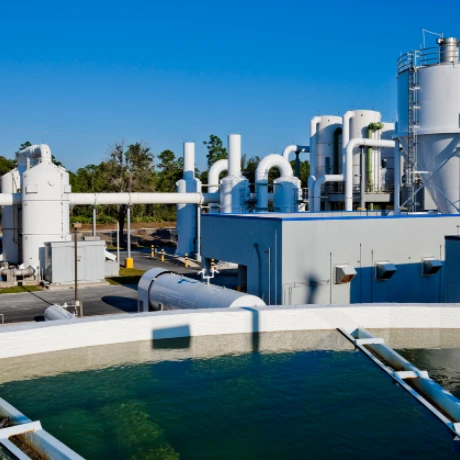



how much sodium bisulfate to lower alkalinity in pool
How Much Sodium Bisulfate to Lower Alkalinity in Your Pool
Maintaining a balanced swimming pool is crucial for both the health of swimmers and the longevity of your pool equipment. Alkalinity, a measure of the water's capacity to resist pH changes, plays a vital role in ensuring that the pool water remains stable. High alkalinity can lead to cloudy water, scaling, and difficulty in managing pH levels. If you’ve tested your pool water and found that the total alkalinity is above the recommended range (typically 80-120 ppm), you may need to lower it using sodium bisulfate.
Understanding Sodium Bisulfate
Sodium bisulfate, also known as dry acid, is a common chemical used to lower pH and alkalinity in pools. It is particularly favored because it is easy to handle and does not introduce additional contaminants to the water. When added to pool water, sodium bisulfate dissociates to release hydrogen ions, which decreases the pH level and total alkalinity.
Determining How Much to Use
To effectively lower the alkalinity in your pool, it's essential to know how much sodium bisulfate you’ll need. The amount required depends on the current alkalinity level and the volume of water in your swimming pool. A general guideline is that to lower alkalinity by 10 ppm in 10,000 gallons of water, you will need to add approximately 1.5 pounds (about 680 grams) of sodium bisulfate.
Here’s a quick breakdown
1. Test Your Water Before adding any chemicals, always use a reliable test kit to determine the current alkalinity level of your pool. This will allow you to calculate the necessary amount of sodium bisulfate accurately.
how much sodium bisulfate to lower alkalinity in pool

2. Calculate the Required Amount - Determine the volume of your pool in gallons. - Calculate the difference between the current alkalinity and your target level. - Use the guideline of 1.5 pounds per 10,000 gallons to find out how much to add. For example, if you want to reduce the alkalinity from 150 ppm to 100 ppm in a 20,000-gallon pool, you would need to lower it by 50 ppm. This translates to needing about 7.5 pounds (approximately 3.4 kilograms) of sodium bisulfate.
3. Dosage Application It’s crucial to add sodium bisulfate gradually to avoid overcorrection. Dissolve the calculated amount in a bucket of water and distribute it evenly around the pool. Turn on the pool pump to circulate the water and ensure even distribution.
4. Re-Test the Water After allowing some time for the sodium bisulfate to work (about 4-6 hours), test your pool water again. If the alkalinity is still above your target range, you may need to repeat the process. It’s better to make small adjustments over time than to add too much sodium bisulfate at once.
Safety Tips
When handling sodium bisulfate, always wear protective gloves and goggles to avoid skin and eye irritation. Store the chemical in a cool, dry place, away from other chemicals to prevent any dangerous reactions.
Conclusion
Lowering alkalinity in your pool using sodium bisulfate can help you maintain a clean and inviting swimming environment. By understanding how to calculate the appropriate amount needed and following proper application procedures, you can effectively keep your pool water balanced. Regular testing and adjustments are key to enjoying a safe and pleasant swimming experience, ensuring that both you and your pool thrive.
-
Why Sodium Persulfate Is Everywhere NowNewsJul.07,2025
-
Why Polyacrylamide Is in High DemandNewsJul.07,2025
-
Understanding Paint Chemicals and Their ApplicationsNewsJul.07,2025
-
Smart Use Of Mining ChemicalsNewsJul.07,2025
-
Practical Uses of Potassium MonopersulfateNewsJul.07,2025
-
Agrochemicals In Real FarmingNewsJul.07,2025
-
Sodium Chlorite Hot UsesNewsJul.01,2025










